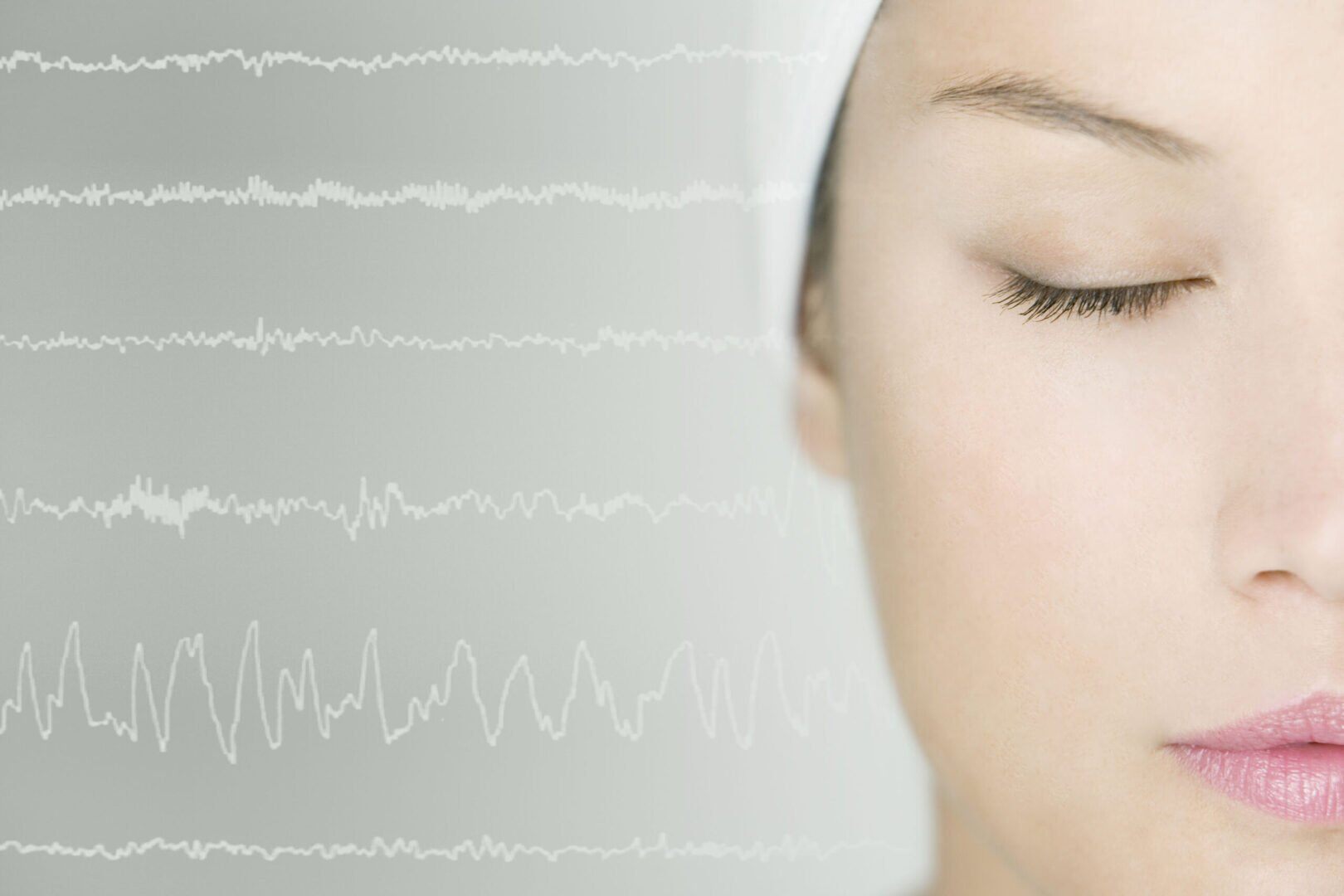You’re Not Alone in Your Sleep Struggles
You’re exhausted during the day. You’ve been told you snore loudly or stop breathing at night. Maybe you’re fighting to stay awake at work, or struggling with brain fog that just won’t lift.
If you live in or around Cape Girardeau, Missouri, and suspect something deeper is going on with your sleep, you’re not alone—and you don’t have to stay stuck in confusion.
Many Southeast Missouri residents face undiagnosed sleep disorders that impact their health, productivity, and quality of life. But with today’s advanced sleep testing options, you can finally get answers.
At Sleep Analysts, we help patients like you take control of their sleep health through the right type of testing—because not all sleep issues require the same test.
Let’s break it down.
Tired but Undiagnosed
Too many people feel stuck. They know something is wrong with their sleep but don’t know:
-
Which test to request
-
Whether they need to spend the night in a sleep lab
-
What’s covered by insurance
-
Or where to even begin locally in Cape Girardeau
Without clear information, they delay testing. And that delay can increase health risks like high blood pressure, heart problems, mood disorders, and even accidents caused by daytime sleepiness.
You deserve clarity.
Understanding the Four Main Types of Sleep Studies
Here’s how we help patients in Cape Girardeau make informed choices by walking them through the four most common types of sleep studies:
🛌 1. Polysomnography (PSG) – In-Lab Overnight Sleep Study
Who it’s for:
People with suspected moderate to severe sleep apnea, parasomnias (like night terrors), or multiple complex symptoms.
What it measures:
-
Brain waves
-
Breathing effort
-
Oxygen levels
-
Eye and leg movements
-
Heart rate
-
Sleep stages
Where it's done:
In a sleep lab at our facility in Cape Girardeau, monitored by certified technologists.
Why it matters:
It provides the most detailed data and is considered the gold standard for diagnosing sleep apnea, REM behavior disorder, and other neurological sleep disturbances.
🏠 2. Home Sleep Apnea Test (HST)
Who it’s for:
Patients with suspected obstructive sleep apnea (OSA) who don’t have significant heart or lung problems.
What it measures:
-
Breathing patterns
-
Oxygen levels
-
Snoring
-
Sleep positioning
Where it's done:
In the comfort of your home with a small portable device.
Why it matters:
It’s convenient, affordable, and effective for diagnosing many cases of OSA. It may be your first step toward CPAP therapy—without ever spending a night in the lab.
😴 3. Multiple Sleep Latency Test (MSLT)
Who it’s for:
Patients with excessive daytime sleepiness, even after a full night’s rest. Commonly used to diagnose narcolepsy.
What it measures:
How quickly you fall asleep and how quickly you enter REM sleep during a series of daytime naps following a PSG.
Where it's done:
In our clinic the day after an overnight sleep study.
Why it matters:
It helps diagnose narcolepsy or idiopathic hypersomnia, guiding treatment for patients who are otherwise told “it’s just in your head.”
💡 4. Maintenance of Wakefulness Test (MWT)
Who it’s for:
Patients who need to prove their ability to stay awake for safety-critical jobs (e.g., truck drivers, pilots) or monitor treatment effectiveness for narcolepsy/OSA.
What it measures:
Your ability to stay awake in a quiet, dim room under controlled conditions.
Where it's done:
In our clinic throughout the day, often after a night of observed sleep.
Why it matters:
It can protect your livelihood and public safety while helping doctors assess whether treatment is working.
Your First Steps with Our Cape Girardeau Sleep Clinic
📍 Step 1: Schedule a Consultation
We’ll discuss your symptoms, medical history, and determine the best sleep study option for you.
📍 Step 2: Complete Your Study
Whether at home or in the lab, we’ll guide you every step of the way.
📍 Step 3: Review Results & Treatment Options
Within a few days, you’ll receive personalized feedback and, if needed, a treatment plan that helps you sleep better—and live better.
Why Choose Us for Sleep Testing in Cape Girardeau?
-
✅ Local, accredited sleep clinic
-
✅ Board-certified sleep specialists
-
✅ Quick test scheduling with minimal wait times
-
✅ Insurance-friendly options, including Medicare
-
✅ Support beyond the study—CPAP, alternative therapies, and follow-up care
We proudly serve Cape Girardeau, Jackson, Scott City, and surrounding areas—bringing expert sleep care to Southeast Missouri.
Don’t Let Sleepless Nights Define Your Life
You don’t have to keep pushing through exhaustion, wondering what’s wrong. The right sleep study could change everything.
📞 Ready to Get Answers?
Call Sleep Analysts at 573-334-9095 or Contact Us to book your sleep study consultation in Cape Girardeau today.
FAQs
Do I need a referral for a sleep study?
In many cases, yes—but we can help you navigate that. Some insurance plans require a referral, others do not.
How long does it take to get results?
Most results are available within 3–5 business days, depending on the type of test.
What if I’m nervous about an overnight study?
That’s normal! Our sleep lab is designed to be comfortable and private, and our team is here to make you feel at ease.

